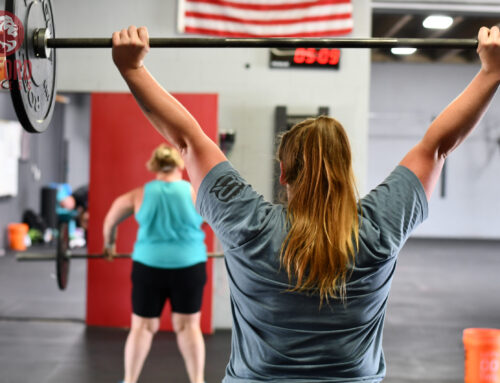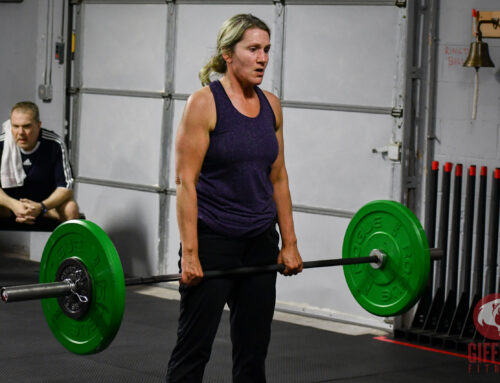THE BIG PICTURE
Humans evolved on a varied and seasonal diet, and with no processed foods. The human species didn’t evolve to where they are now across millions of years because of diet coke. They started out as microorganisms in the ocean, which eventually evolved into walking, breathing, intelligent and physically capable creatures.
They did this from having an abundance of nutrients available to survive the harsh and deadly climates and environments around them as history went on. Below are an overview of these nutrients – macronutrients, specifically – and some basic science on what they do, how they help us, and where to get them from.
Carbs. Good carbs, bad carbs, these are good for you, but those are bad for you. But too much of these are bad for you, blah blah blah. Carbohydrates have received a lot of attention in recent years, and unless you adhere to a very specific nutrition ideology, it can be hard to sift through all of the noise. In this article, we’ll dive into all things carbohydrates. We’ll talk about what they do (in a very basic sense) and what sources you can get them from, as well as which foods you should be giving your attention to relative to your needs and goals.
WHAT ARE CARBOHYDRATES AND WHAT DO THEY DO?
Carbohydrates are basically a mix of sugars, and run from very simple combinations to more complex. These sugars help run many processes in your body, and each of them respond differently in the body and have different roles depending on the complexity of sugars. Generally, we can think that carbohydrates give you quick energy. When you consume carbohydrates, they either get used right away for activity, or go into storage. This is what happens with all the food you take in, actually. When you take in more than your body needs, it goes into storage. Not a problem, unless you do that every day, and then that nicely padded storage container known as your belly keeps growing, and then we start to have problems.
For simplicity, we’re going to break carbohydrates (CHO) into a few basic food groups. Starches, fruits, veggies, and processed foods. These are the primary macronutrient-dense sources you can get CHO from. As with all of our foods, we want to prioritize nutrients, and deprioritize calories (generally speaking). Processed foods have a lot of calories, and they don’t have many nutrients. Whole foods, like potatoes, squash, fruits, vegetables, all have a lot of nutrients, and significantly less calories. Starches like potatoes and squash have the most CHO out of all of the whole foods, and vegetables have the least, relatively.
WHICH CARBS SHOULD I EAT?
So, out of all of these options, which should you eat?
It depends.
Are you recovering from a workout? Go for veggies and starch. Are you just looking for a generally healthy meal on a rest day? Go for veggies and fruit. Are you looking for something filling? Go for veggies and starch. Are you an athlete that trains really hard for 7+ hours per week and needs calories in a serious way? Go for the veggies and some of the processed foods. Be smart with this though, and consult your coach!
SHOULD I EAT THE EXACT SAME THING EVERY TIME?
Out of the several main types of CHO, there’s a lot of variety to be had with each. For instance, if the only vegetables you eat are dark green, that means you’re missing all of the nutrients that are in the orange, red, yellow, white, and purple vegetables. Veggies and fruits are the colors that they are because of the nutrient makeup inside of them, and they all have value. This is a practice that we call “Eat the Rainbow” in our Nutrition Coaching program. Aim to have a general balance across all of the colors of vegetables on a weekly basis.

For fruits, you can follow the same general rule as vegetables. This variety will make you feel great, honestly. But ONLY if you aren’t eating a ton of processed foods as well!
For starches, these are where the density in CHO comes in, which as an athlete and active person, you need. As a general person for health, you don’t need so much (and these are people’s favorite comfort foods, for sure!) We want to aim for starches that vary in color, but are whole. Different types of potatoes, squash, and prepared in different ways. Hot, cold, fries, disks, roasted, grilled, baked, sauteed, and combined with different fats and proteins. There are SO many possibilities!
FAQ
Now, some common questions:
“Fruit has sugar. Is this sugar (fructose) bad for us?”
- Research shows that fructose from whole foods are totally fine. Added fructose (added sweeteners) is what leads to the problems. Processed foods add fructose and sweeteners to their foods, and spend millions to perfect the formula. It’s the only way that they stay in business! Current studies show that most people (specifically sedentary people) shouldn’t get more than 50g of added fructose per day. This is equivalent to a 32 fl oz soda with high fructose corn syrup, or one 32 fl oz sports drink+one bag of skittles. The more sedentary, the more problems. The more active, the less (relatively) problems. There are still problems though. Sweetened drinks are really potent, food is potent too, but drinks more so.
- It has been reported that the average north american adult gets 20% of their daily energy intake as added sweeteners.
- With whole, minimally processed foods, it’s hard to rack up grams of these added sugars. Even if people THINK it is healthy or feel like it is healthy, look at whether it is processed or whole, then go from there. Processed = no no. Whole = no problems. If processed foods make up even 5-10% of your diet, that’s bad news for your health.
“What CHO do you eat?”
Here is a snippet from my staples list:
|
|







